Interview with Christian Peeters
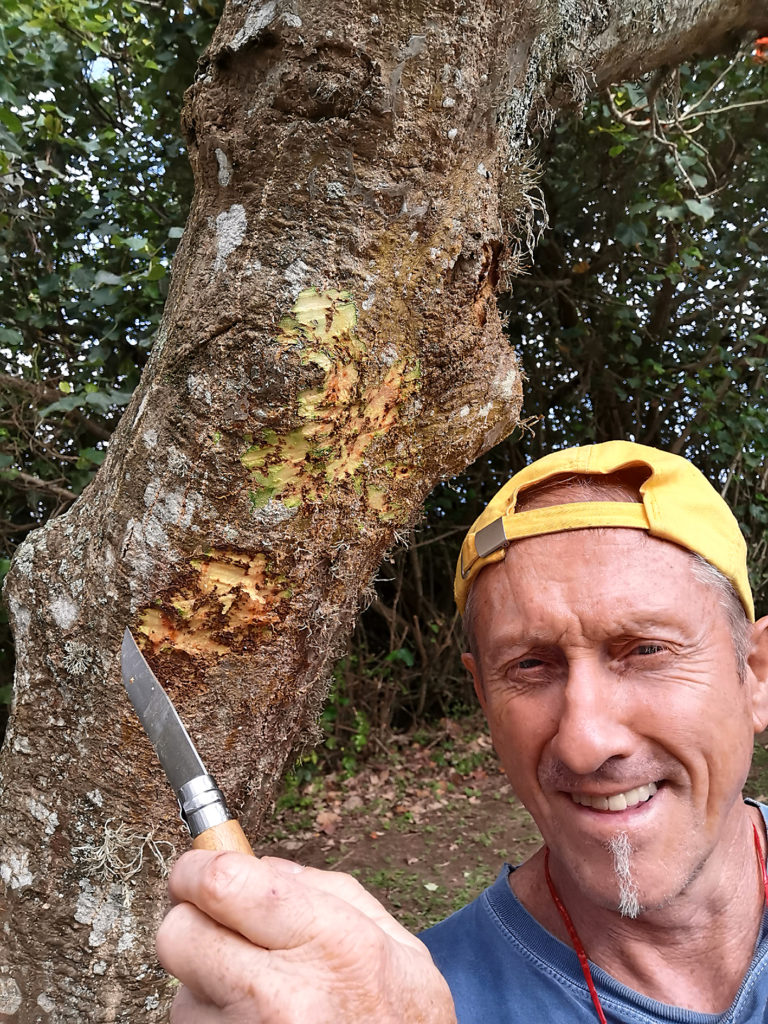
Christian Peeters is a research scientist at the French National Scientific Research Agency (CNRS). In this interview, we talk about his diverse research interests from behaviour to caste morphology, the fascination of the worker thorax, and the joys of being a gamergate.
An Interview compiled by Alice Laciny
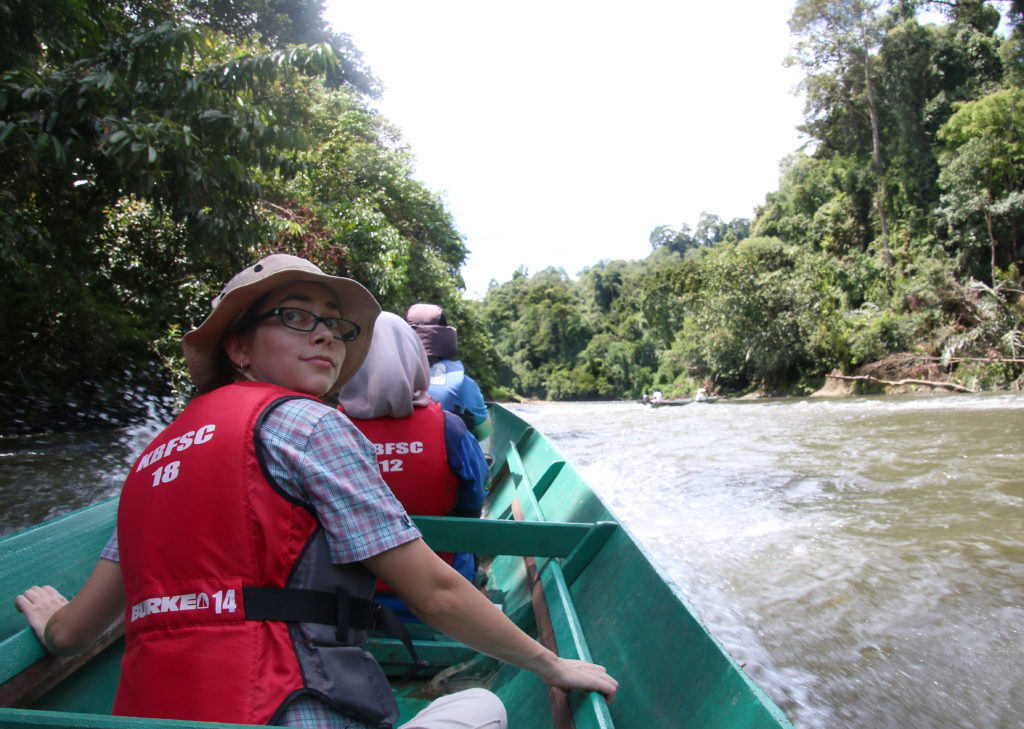
MNB: To start, could you please introduce yourself and tell us a bit about you and your research?
CP: I was born in Belgium but my family moved to South Africa when I was 15 years old, so I did all my university studies in Johannesburg, including my PhD. Then I got my first post-doc in Sydney, Australia, with Ross Crozier, I stayed there for five years. Then I had a post-doc in Japan with Yoshiaki Ito, then I went to Würzburg to have a post-doc with Bert Hölldobler, where I stayed for two years. And then I got my position at CNRS, the French National Research Agency in Paris, where I have now been for 25 years. I am based in a university lab, but I am actually working for the research agency, which means I don’t have to teach and am 100% a researcher. I spend about three months a year travelling for field-work and conferences.
MNB: That’s amazing! So your post-docs took you around the whole world! And what’s your current research topic?
CP: There are several main topics. Almost 10 years ago, Roberto Keller (now in Lisbon) taught me the value of functional morphology to understand queen-worker differences. One essential characteristic of ant workers is that they are wingless, so their thorax is very different from that of the queen. And the absence of wing muscles means that the thorax has been redesigned to make workers more efficient for working on six legs. With Evan Economo in Okinawa, we have used microtomography to compare queens and workers from different subfamilies, and we have just submitted the first paper on this topic. We can show that the worker thorax is extremely specialized to move the head, legs and abdomen, which is important for carrying objects, protecting themselves against enemies or attacking prey with a sting, escaping predators by running… and there is actually a lot of variation between subfamilies. A myrmicine worker is not the same as a ponerine or formicine – there are very interesting differences that nobody has been aware of until now.
And in addition to the queen-worker dichotomy, in about 20% of species there is a soldier caste – to me, these are mosaics between the queens and the workers that allow them to do new jobs in the colony (Molet et al. 2012). Soldiers often occur in species where the workers are minute, so they are intermediate in size between queens and workers, with powerful mandibles and large abdomens for storage of food. They are highly specialized and complement the workers, and this brings important benefits for the colony, as we can see in Pheidole, for example.
Actually, we wrote a review on the topic of worker body size: The majority of ant species have minute workers, which are much smaller than workers in social wasps or bees (Peeters & Ito 2015). Having these minute workers has had very important consequences because they are cheaper, which means the colony size can increase. Microtomography has shown that these minuscule workers remain very strong. This line of works needs to be continued because we need to understand why the major trend in ants has been the miniaturization of the worker caste, which is something I am passionate about right now.
I’ve also studied colony foundation – how queens start colonies, either independently by hunting outside the nest or having big metabolic reserves, or else by colony fission, being completely dependent on nestmate workers. There are still a lot of genera where we don’t really know the details.
In addition, I do a lot of outreach and we made educational movies with animated ants that talk about their lives, to explain various biological concepts for the general public. Now we are making some short videos for YouTube, which will be launched by the end of the year. I’m also active with AntWiki, which is a valuable community resource.

MNB: That is really fascinating, I am looking forward to reading your new papers and watching the videos! So let’s go back in history a little – can you tell us what your beginning in myrmecology was like? Who or what inspired you to choose ants?
CP: It was meeting Robin Crewe as an undergraduate student in Johannesburg. I started doing a small project on ants with him on Crematogaster trails, then looked at alarm pheromone differences between minor and major workers in Oecophylla. I then went on to do a PhD with him on ponerine ants. It was Robin who told me that ponerine ants are not well studied, and at first I did not know what to expect. By chance, I studied Ophthalmopone, a species where the queen caste has disappeared and where the workers mate and reproduce to become gamergates. My PhD was about comparing such species with others where there are wingless (ergatoid) queens distinct from workers. In gamergate species, every workers have a chance to reproduce – they need to interact aggressively to form a dominance hierarchy and decide who gets to mate and lay eggs. In another ponerine, Diacamma, this is decided by the gamergate mutilating the vestigial wings of the callow workers, which seems to be more cost-efficient because there is no need for a lot of action and the workers can concentrate on working.
MNB: If you compare these beginnings to your current work, has there been a lot of change in methodology?
CP: There have been many changes! First, I realized that when the workers fight for dominance, it is not random, they choose certain individuals. So I studied how they recognize each other and of course, this is where cuticular hydrocarbons come into it. So I did this research for ten years with several PhD students and we found out that individuals with ovarian activity have a distinct signature, a signal of fertility. And for many years, I have been doing a lot of dissections of ovaries to describe queens, workers, and gamergates. Dissecting ovaries is a very important but neglected tool to work out what’s going on in a colony!
For the past three years, I’ve been working on Melissotarsus. They chew tunnels inside live trees in Africa and keep huge numbers of scale insects inside these tunnels, so they get all their food from them. Its sister genus Rhopalomastix in Asia does the same and they are both very successful but poorly studied because they spend their lives within the trees. I’ve been getting some fantastic results studying their physiological and morphological specializations to achieve this way of life. This work has brought some new collaborations – e.g., studying the gut bacteria, brain modifications, digestive enzymes… All sorts of techniques are needed to understand the coevolution with the scale insects and their impact on the trees. In this mutualism, the tree does not seem to get any benefit, but it needs to be studied because these ants are incredibly common throughout Africa and Asia.
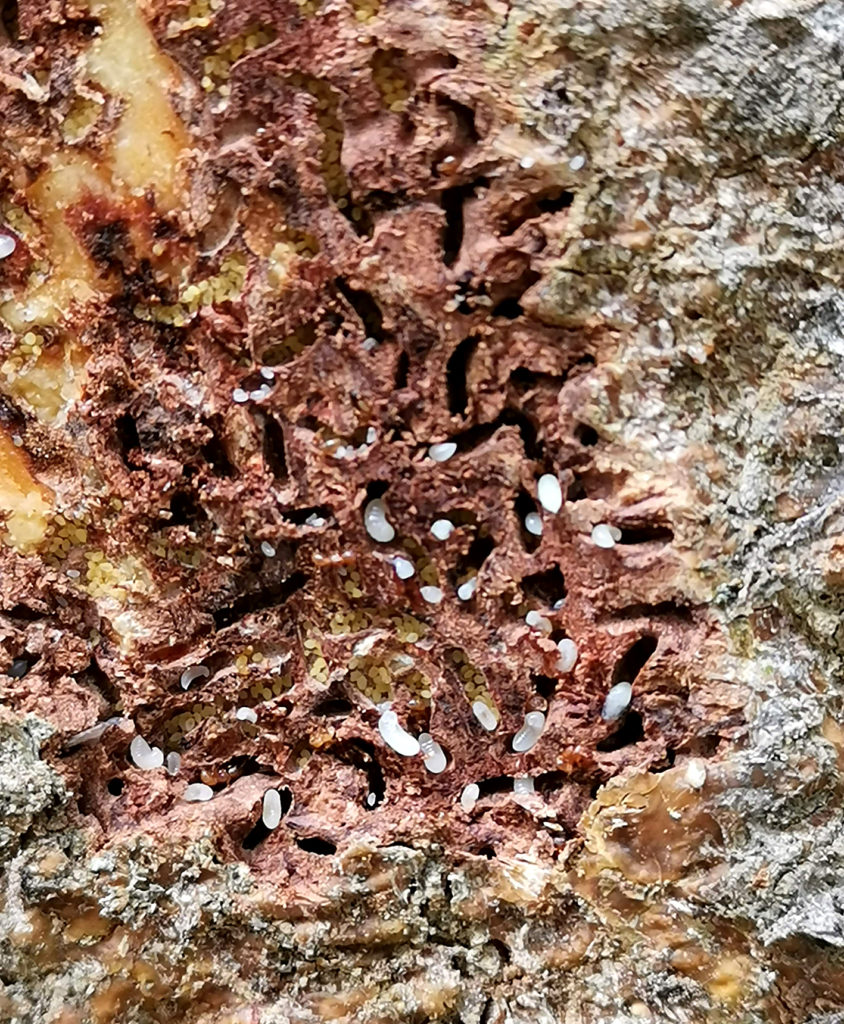
MNB: Wow, you are doing a lot of fascinating work! How do you think myrmecology will change in the future? Any predictions on what the next big topics might be?
CP: Well, recently there has been a lot of research in genomics and proteomics generating a lot of data. I hope that people are now going to go back to behaviour, ecology, and morphology to work out what these genes are actually doing in the organism. Why is there such a diversity of queen-worker differences among the different genera and subfamilies? So I think we need to get back to the ants and work out what these genetic differences translate into!
MNB: If you had never become a myrmecologist, what was your plan B for a career?
CP: I was very confused at first, I just knew that I wanted to get into ecology, and then got into ants by chance. I was not particularly interested in them before university – in fact, I never took biology in school! When I started university, I was equally interested in plants and animals, I did botany and zoology, and only in the fourth year, I switched to just animals. I am a late starter, but it has kept me very interested and passionate. I am very happy to have a job that continues to make me want to get out of bed and work every morning!
MNB: That really is important! Are there any favourite stories – scary, funny or challenging events from the lab or field you would like to share?
CP: I do a lot of fieldwork, so there are always many stories of collecting in far away tropical regions, where life is different. For example, problems with the customs, epic journeys with Brian Fisher in Madagascar, those sorts of things… But I like to share those over a beer with colleagues!

MNB: On to a more serious topic. In Austria, for example in biology undergrad courses, at least half of the students are female, but then at the higher career levels, there are very few women in leading positions. We are always interested to hear about the situation in other countries. How does your institution tackle these issues?
CP: I think it’s pretty bad everywhere, also in France. Just recently, I was organizing a symposium for a conference in Japan and really tried to reach gender equality – it’s not easy but one has to try in every situation! We are not at the goal yet, that’s for sure. There are cultural and historical problems, habits, traditions, but nothing that cannot be changed!
MNB: Working towards change sounds good! On a lighter note – is there one fact you wish everyone knew about ants?
CP: We all know that ant workers are wingless, but we often forget how important this is. Ants are just wasps, and ant workers are just wasps without wings! I do a lot of outreach, and when I tell people that ants evolved from solitary wasps, it always generates a lot of interest. So we need to compare ant workers to other wasps to see what ants have done differently to achieve their great evolutionary success. Losing flight has really changed their entire behavioural profile and abilities, enabling them to function differently than other Hymenoptera. Workers are not just simplified queens, they are extremely specialized for being effective labourers!
MNB: Do you have a favourite morphological structure? Is it the worker thorax?
CP: Well, I have two favourites… the ovaries are also very important! There is a huge diversity in the number of ovarioles, which does not exist in social wasps or bees. For example, myrmicine workers have reduced their ovariole number down to a minimum of two or lost the ovaries completely. Ant queens have increased ovariole number as a specialization for fecundity in many species. We are working on a review paper now, with Fuminori Ito in Japan. So, ovaries are important and the thorax is important. The thorax is really the power core of the workers! It contains the muscles to move the head, the legs, and the abdomen. So, with a well-designed thorax, you get a very efficient worker that can do great things.
MNB: If someone is just starting out in myrmecology, do you have any suggestions for anyone new to the field?
CP: I think you need to take the time to find out what you really like. Most students don’t really know where they want to go, what they want to do, and that’s quite normal. Speaking from personal experience, one needs time to find out what is really interesting. So a good strategy is to start with very broad courses that leave you with many options. Then after a few years, you can decide which direction you want to take.
MNB: Keeping your options open is certainly good advice! Is there a particular question you are often asked when people hear that you work with ants?
CP: The reaction is usually that they are surprised. It’s important to explain why we study ants, that we actually use them as model organisms to understand broad questions about evolution, ecology, and behaviour. It’s not just studying ants, we are all biologists wanting to study the process of evolution, and ants are a fantastic group with that great diversity occurring in just one family of insects. So studying ants really means going in all sorts of directions – reproductive strategies, diverse diets – and it’s just a great way to study evolution!
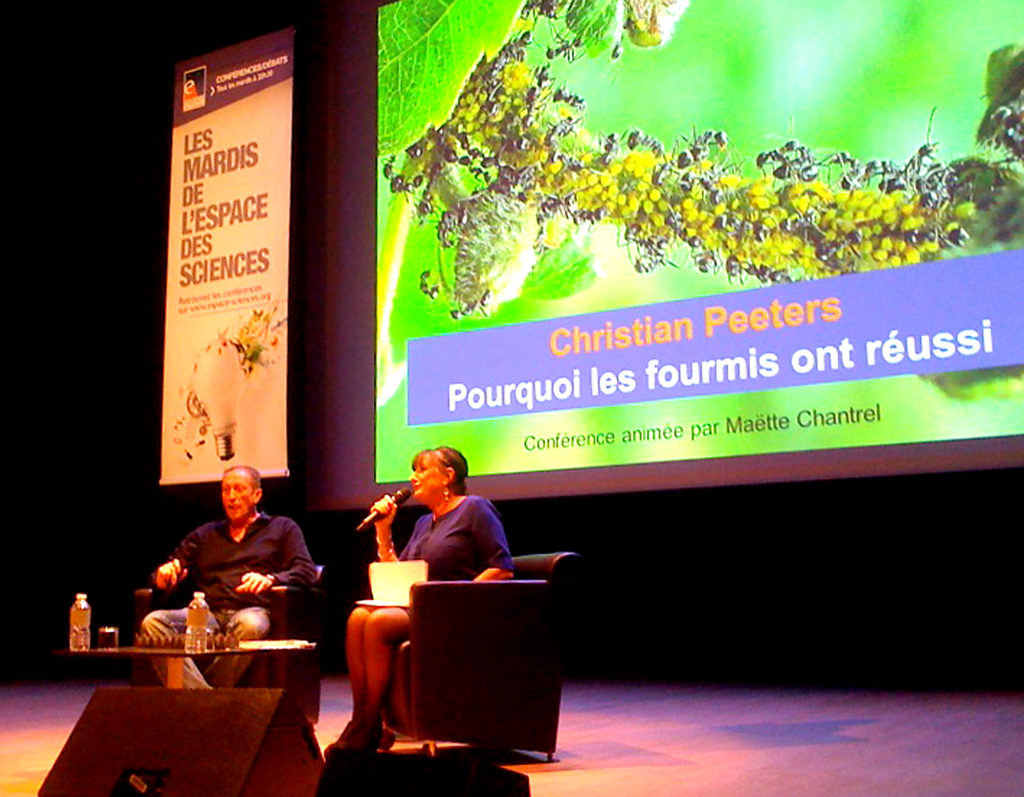
MNB: Now for some very short questions. What’s the book on your bedside table?
CP: “Cooked” by Michael Pollan – a fantastic book about how important cooking and transforming food is for human culture. Right now, we are forgetting this.
MNB: Watching sports or doing sports?
CP: Doing sports.
MNB: Listening to or making music?
CP: Listening.
MNB: Evening or morning?
CP: Morning.
MNB: Tea or coffee?
CP: Coffee.
MNB: Sugar or sweetener?
CP: A little bit of sugar in my coffee.
MNB: Cooking or eating what someone else cooked?
CP: I like both, at long as it’s starting from raw ingredients, not ready-made industrial food.
MNB: Habit or change?
CP: It’s important to get out of habits. I don’t like routine.
MNB: Aspirator or forceps?
CP: Forceps.
MNB: Nest-density or pitfall traps?
CP: I don’t do either. I excavate nests to get the whole colony, so I often make very deep holes.
MNB: Field or lab?
CP: 50/50 – it’s important to do both.
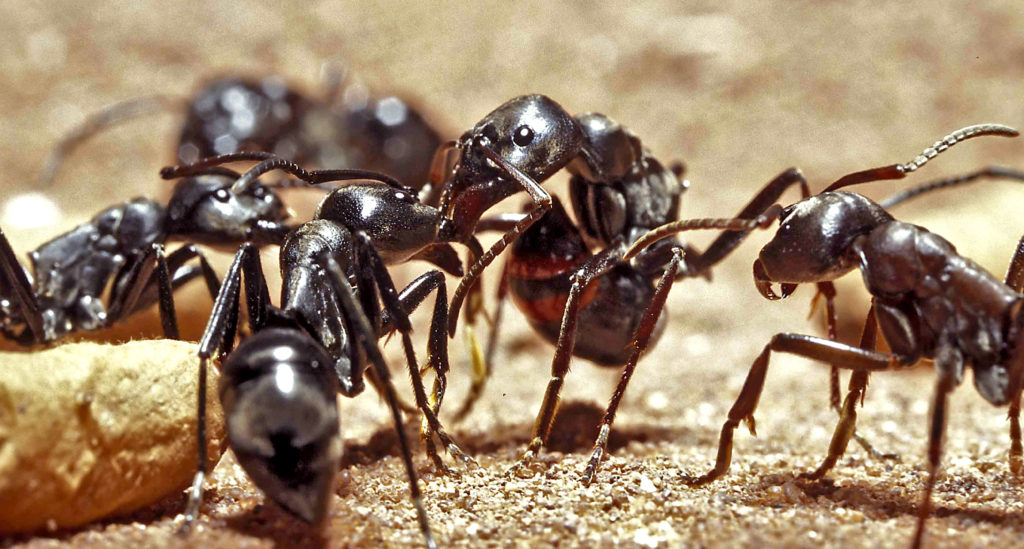
MNB: Pin or ethanol?
CP: Ethanol.
MNB: Paper or PDF?
CP: PDF.
MNB: Open access or subscription?
CP: Of course, open access – but it’s not always cheap!
MNB: Kin selection or group selection?
CP: I believe in the colony! Colony level selection.
MNB: Monodomy or supercoloniality?
CP: Monodomy, but polydomy is also interesting.
MNB: Worker or queen?
CP: Impossible to decide! They are both equally important… maybe worker. But I started my career studying queens, so I’ve changed sides!
MNB: What’s your favourite ant?
CP: Melissotarsus.
MNB: If you were to be reborn as an ant, which one would that be?
CP: Oh, I would be a ponerine worker! Then I could have a chance to become a gamergate –more options in life!
MNB: Thank you so much for the interview, it was a pleasure talking to a fellow caste-morphology enthusiast!
References:
Molet, M., Wheeler, D. E. & Peeters, C. 2012: Evolution of novel mosaic castes in ants: modularity, phenotypic plasticity, and colonial buffering. The American Naturalist – 180: 328-341
Peeters, C. & Ito, F. 2015: Wingless and dwarf workers underlie the ecological success of ants (Hymenoptera: Formicidae). Myrmecological News – 21: 117-130.


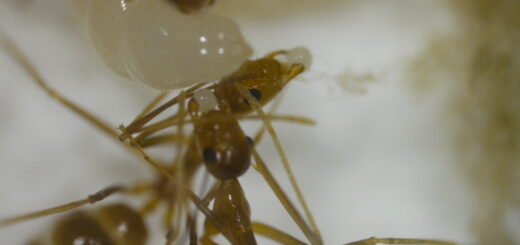
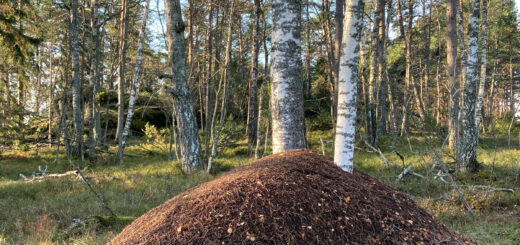

Recent Comments